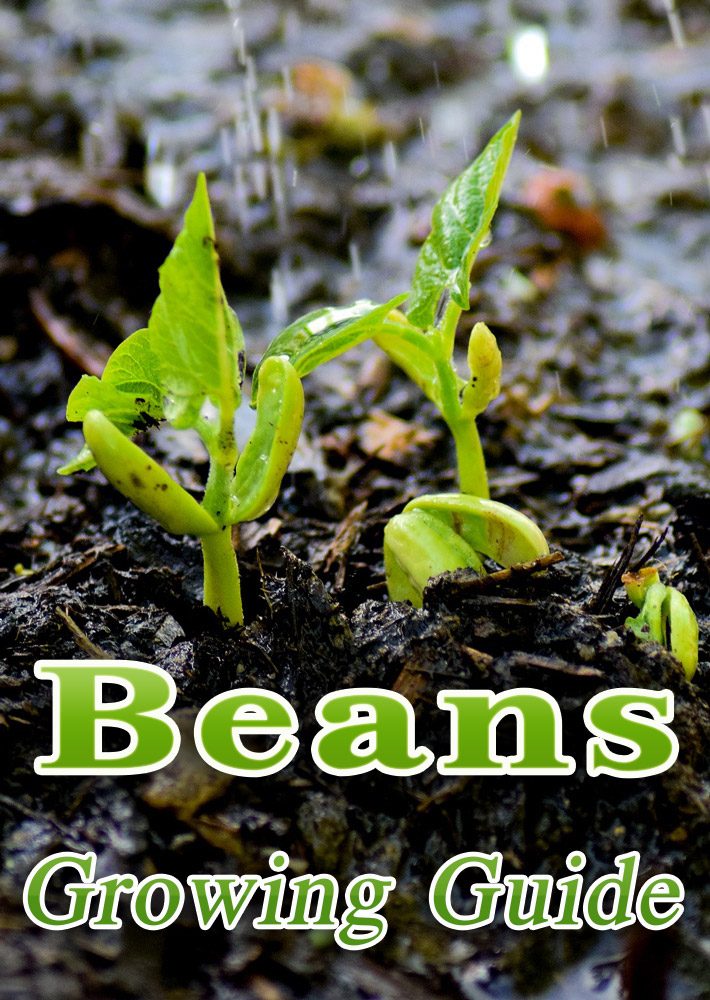
Easy-to-grow beans are a favorite of home gardeners. High in protein, they are a staple in many cuisines. There are thousands of varieties to choose from, many of which have colorful seeds, and colorful names: Jacob’s Cattle, Painted Pony, Vermont Appaloosa, for example.
About Beans
All beans, except cool-weather fava, are sensitive to frost and cold soil temperatures. Plant your main crop when the soil is warm and all danger of frost is past. Rotate the location of your bean crops from year to year to discourage disease. Snap beans (sometimes called string, although plant breeders have developed varieties without the tough string) are eaten whole, pod and all, when seeds inside are undeveloped or very small. Shell beans are eaten fresh after they are removed from the pod. Dried beans are harvested when the pods dry out, and they require extended cooking.
Site Selection
Select a site with full sun and well-drained soil. Prepare the garden bed by using a garden fork or tiller to loosen the soil to a depth of 12 to 15 inches, then mix in a 2- to 4-inch layer of compost.
Beans Planting Instructions
Plant bush for an early harvest. Plant seeds 2 to 4 inches apart and 1 to 1-1/2 inches deep. Plant extra seeds, then thin plants to the spacing recommended on the seed packet. Pole (climbing) beans are slower to mature, but they have a longer harvest period. Set up trellises or tepees before planting. Plant seeds 2 to 4 inches apart and 1 to 1-1/2 inches deep.
Care
Mulch bean plants to help retain moisture. Water plants during the summer if rainfall is less than 1 inch per week. Contact your local county extension office for controls of common pests, such as Mexican beetles and Japanese beetles.
Harvesting
Snap beans: Pods should be firm and crisp at harvest; the seeds inside should be undeveloped or very small. Hold stem with one hand and pod with the other to avoid pulling off branches that will produce later pickings. Pick all pods to keep plants productive.
Shell beans: Pick these varieties when the pods change color and the beans inside are fully formed but not dried out. Seeds should be plump, firm, and young. Quality declines if you leave them on the plant too long. They can be kept in the refrigerator for a few days before cooking if necessary.
Dried beans: Let the pods get as dry as possible in the garden. Before cold weather hits or when plants have turned brown and lost most of their leaves, pick all the dry pods (or pull the plants up if more drying time is needed) and store. When thoroughly dry, the pods will split readily, making seeds easy to remove. Store dry beans in tight-lidded jars or cans in a dry, cool place.

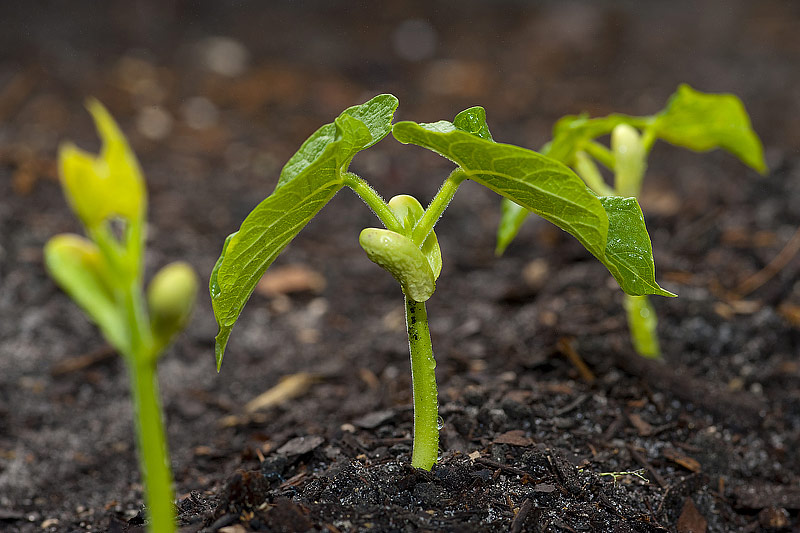
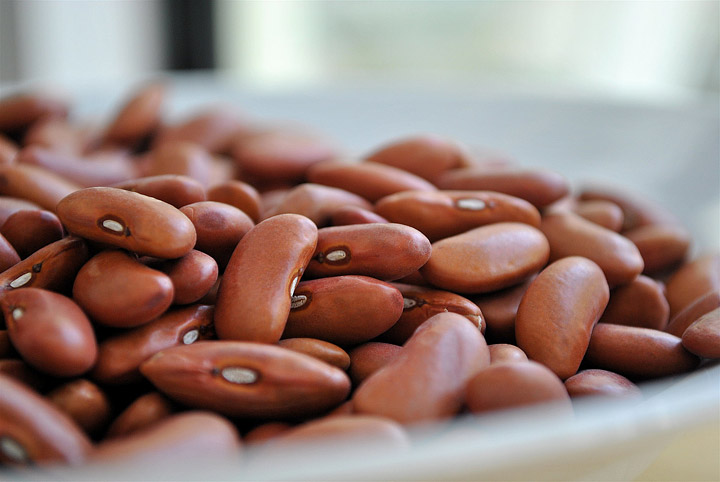
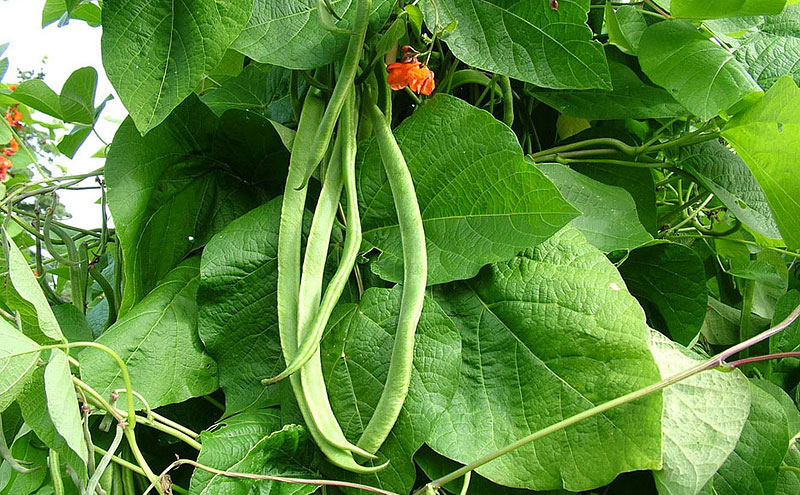
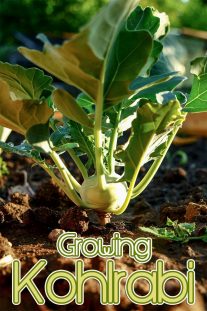

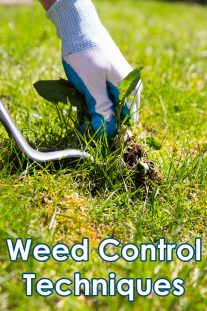
Leave a Reply